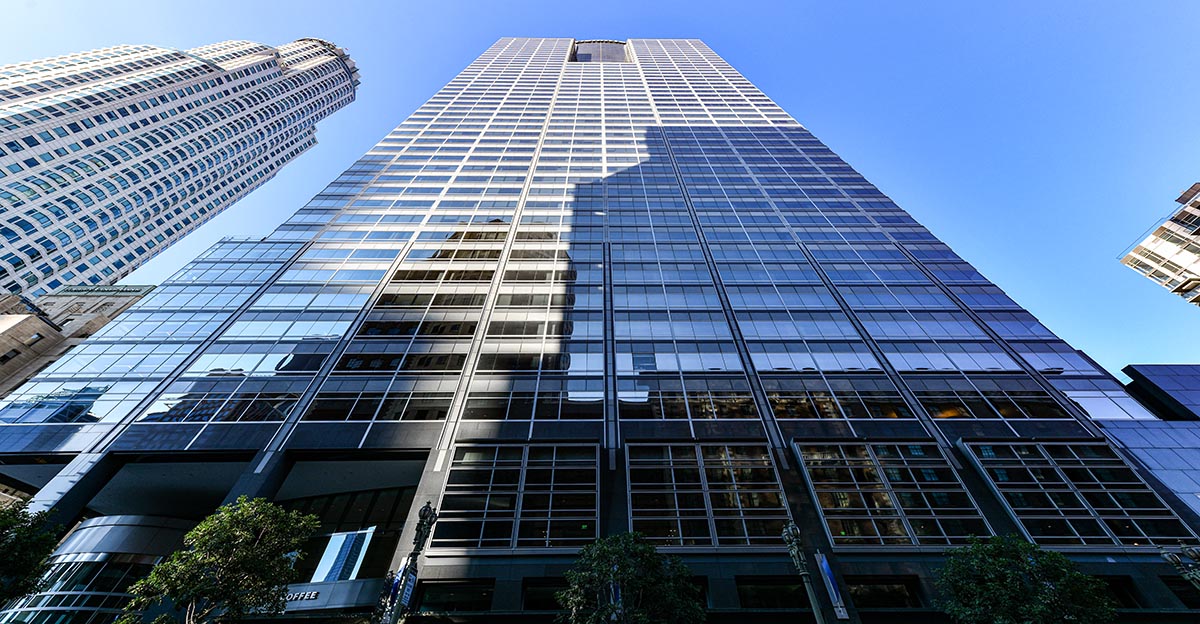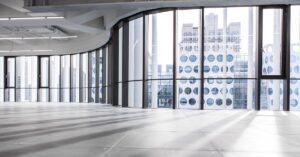Since the COVID-19 pandemic first took hold and lockdowns kept American office workers from their on-site desks, observers of the U.S. office real estate sector have been bracing for a surge of distressed properties.
Thankfully, while the office sector has been through its share of difficulties in the COVID era, this surge has thus far been averted. But with some of the factors holding back distress activity no longer applying, Yardi Matrix is projecting a pickup in distressed assets this year.
For one thing, while many office property owners have been crossing their fingers that in-office attendance would return to pre-pandemic norms, the prospect has become increasingly unlikely, Yardi reported. Remote and hybrid work have become established in several white-collar industries. And while several firms that have embraced such practices have remained steadfast tenants due to long lease terms for office space, the expiration of many of these leases likely mean that many of these companies will soon downsize their offices or eschew them altogether.
That’s especially a concern in the tech realm, which had previously driven much of the leasing activity but is now in contraction due to an outsized entrenchment of remote-work policies. Areas where the office-working populace leans heavily tech-oriented, such as Seattle and the San Francisco Bay Area, bear watching.
Meanwhile, the pandemic-era trend of tenants trading square footage for quality has continued, emptying many older properties, especially those lacking in amenities, maintenance or location. Even marquee assets with questionable future profitability could be potential candidates for future distress. Consider, for example, Brookfield’s “strategic default” on $784 million in combined loans for a pair of downtown Los Angeles office towers. A report from Fortune placed the rationale behind Brookfield’s decision to default squarely on waning office demand and the impact of remote work, while Real Estate Capital USA noted that the move could lead to a rise of such strategic defaults moving forward.
Combine such elements with the already fraught lending environment and it’s easy to see a recipe for more distress in the near to medium term. There is, however, no need to prep for an “office apocalypse” just yet, according to Yardi. While the analytics company predicts an uptick in foreclosure frequency, it’s too early to say it will be a large wave,
“With demand for office space continuing to be soft, we expect that many of the distressed properties that are sold may be targeted for conversions into life sciences or multifamily, with some razed and entirely redeveloped,” Yardi’s report stated.





